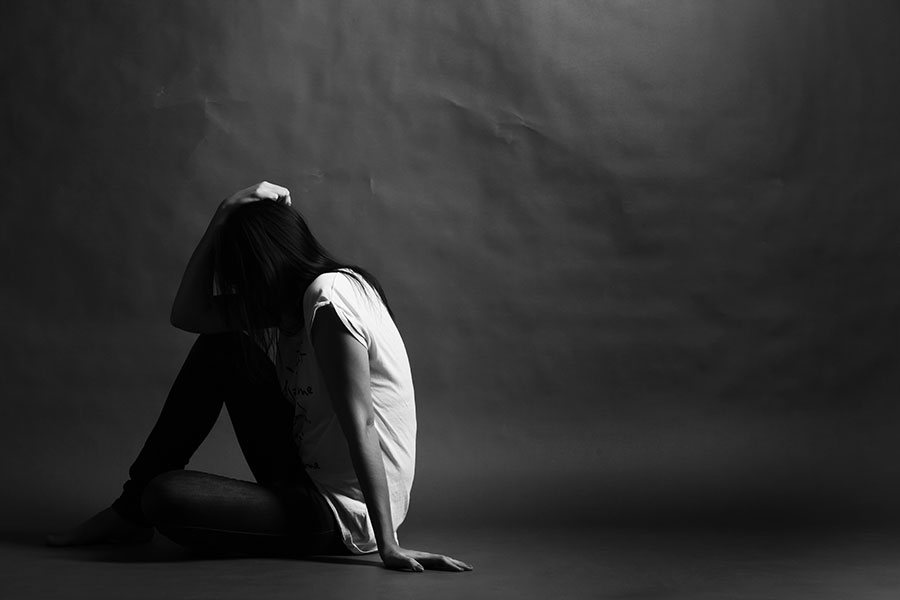Before suicide happens
Red flags usually appear ahead of an attempt.
Story: Dr. Carolina Castaños
Sometimes suicide appears to happen out of the blue, suddenly, and without any apparent signs. On average, there are 123 suicides per day, and men die from suicide 3.5 times more than women, according to the American Foundation for Suicide Prevention. Suicide is the 10th leading cause of death in the United States overall, but it is the third leading cause of death among 15- to 24-year-olds and fourth leading cause of death among 25- to 44-year-olds. Therefore, it is something we must take very seriously.
We cannot really know what happens in the mind of a person who actually takes his or her life, but we may be able to gather information from those who have attempted suicide but failed, or from family members and friends of those who have committed suicide. We know some things that may have caused suicidal attempts are:
Depression, psychosis, or anxiety (these can be chronic or episodic).
A significant loss, such as a breakup, death of a close family member or spouse, or even the loss of a job. In the case of romantic rejection, our brain goes into panic mode and it may trigger rage and violence that can turn toward oneself, leading to desperation and suicidal attempt.
Loneliness, emotional disconnection from others, feeling abandoned, unimportant, insignificant, rejected by others.
An illness that is life-changing or the use of medication that produces mood changes.
Being exposed to suicidal behaviors or thoughts of significant others, such as friends or celebrities.
Many times, suicide is thought about in advance with suicidal ideations, also known as suicidal thoughts, such as when someone is thinking about or having an unusual obsession with suicide. The range of suicidal ideation varies significantly from fleeting thoughts to extensive ideas, such as detailed planning, role-playing, and failed attempts, which may be deliberately done in order to be discovered or may be fully intended to be done but did not result in death and the individual survives. In these cases, there are some red flags to look for:
Making suicidal statements, such as, “Everyone would be better off if I were dead.”
Joining certain groups online and posting signs of suicidal ideation.
Looking for and researching ways to commit suicide, for example, getting access to guns, pills, or objects that could be used in a suicide attempt, or looking online for information regarding ways to commit suicide.
Feeling helpless and hopeless about the future and having a profound feeling of loneliness.
Feeling worthless, guilty, ashamed, and disliking him or herself; many say they hate themselves.
Contacting family and friends and when it comes time to say goodbye, doing it in such a way as if they won’t be seen again.
What really makes us happy is not the monetary success we have, but the type of connection we are able to establish with those we love. It is crucial to be mindful of the importance of connection and the impact we can have in each other’s lives. In other words, our caring can save a life.
About the writer: Dr. Carolina Castaños is an award-winning marriage and family therapist with 18 years of experience. She works with individuals who are struggling with anxiety, depression, low self-esteem, anger, and PTSD. To learn more, visit http://drctherapist.com.

